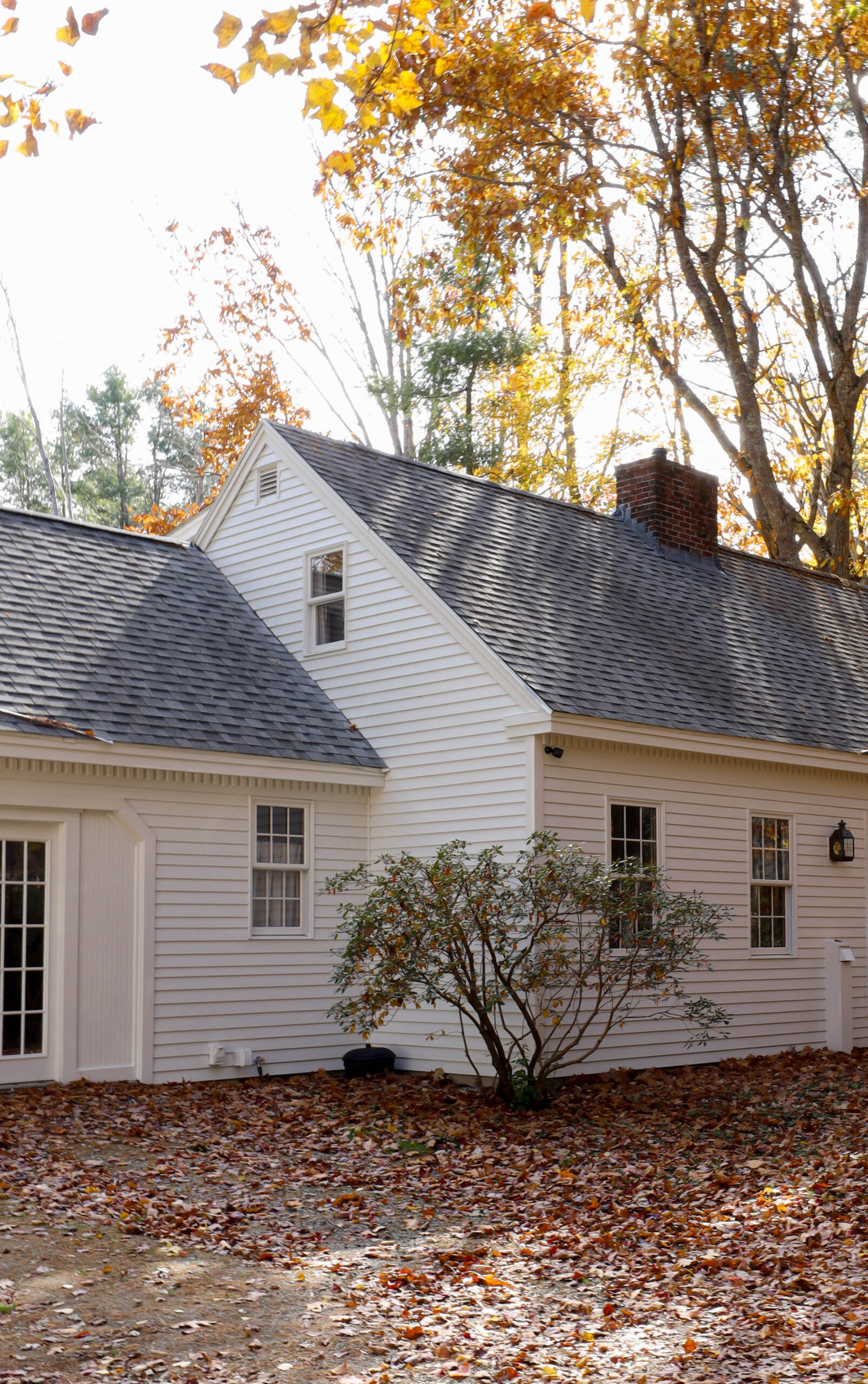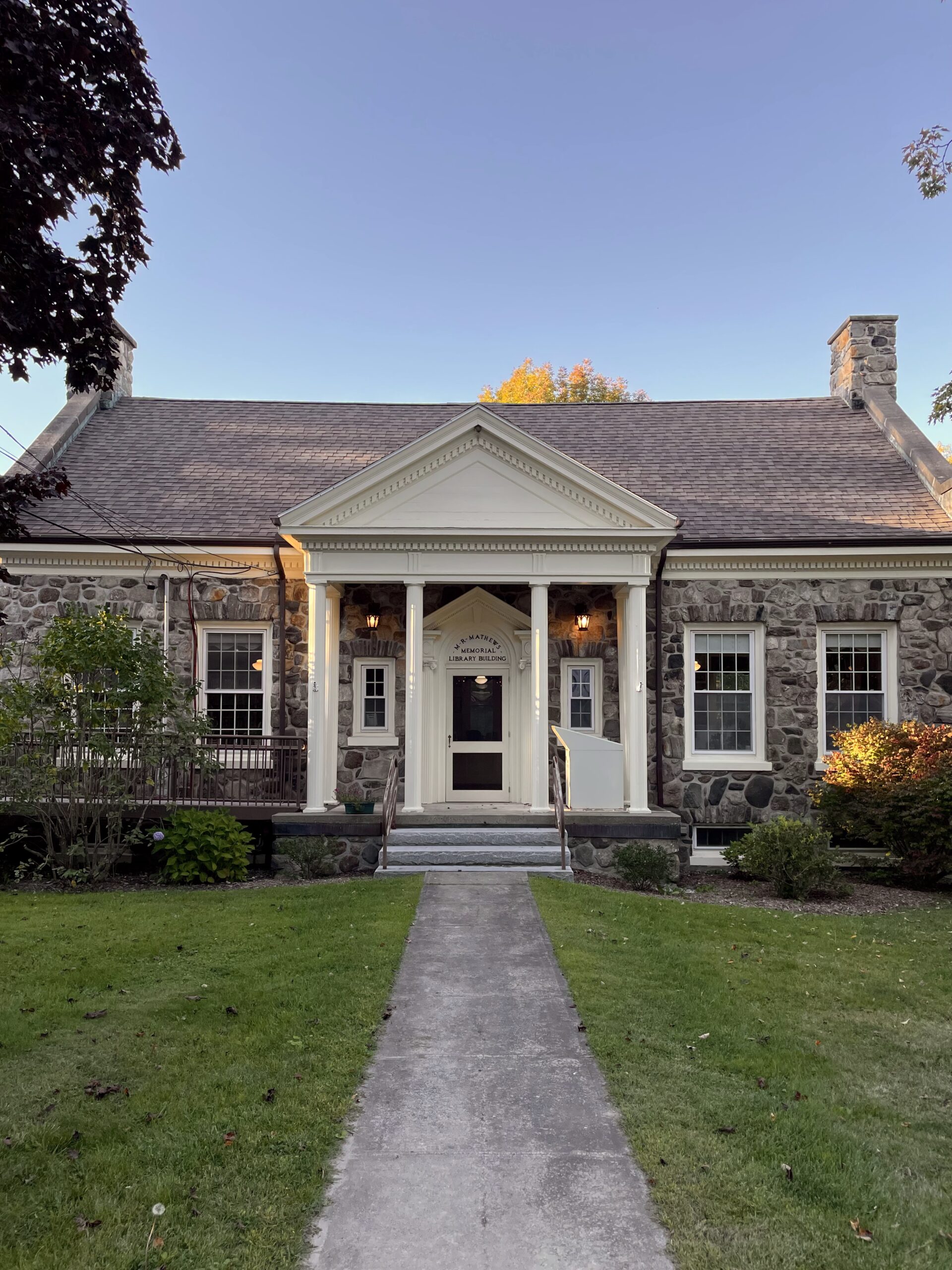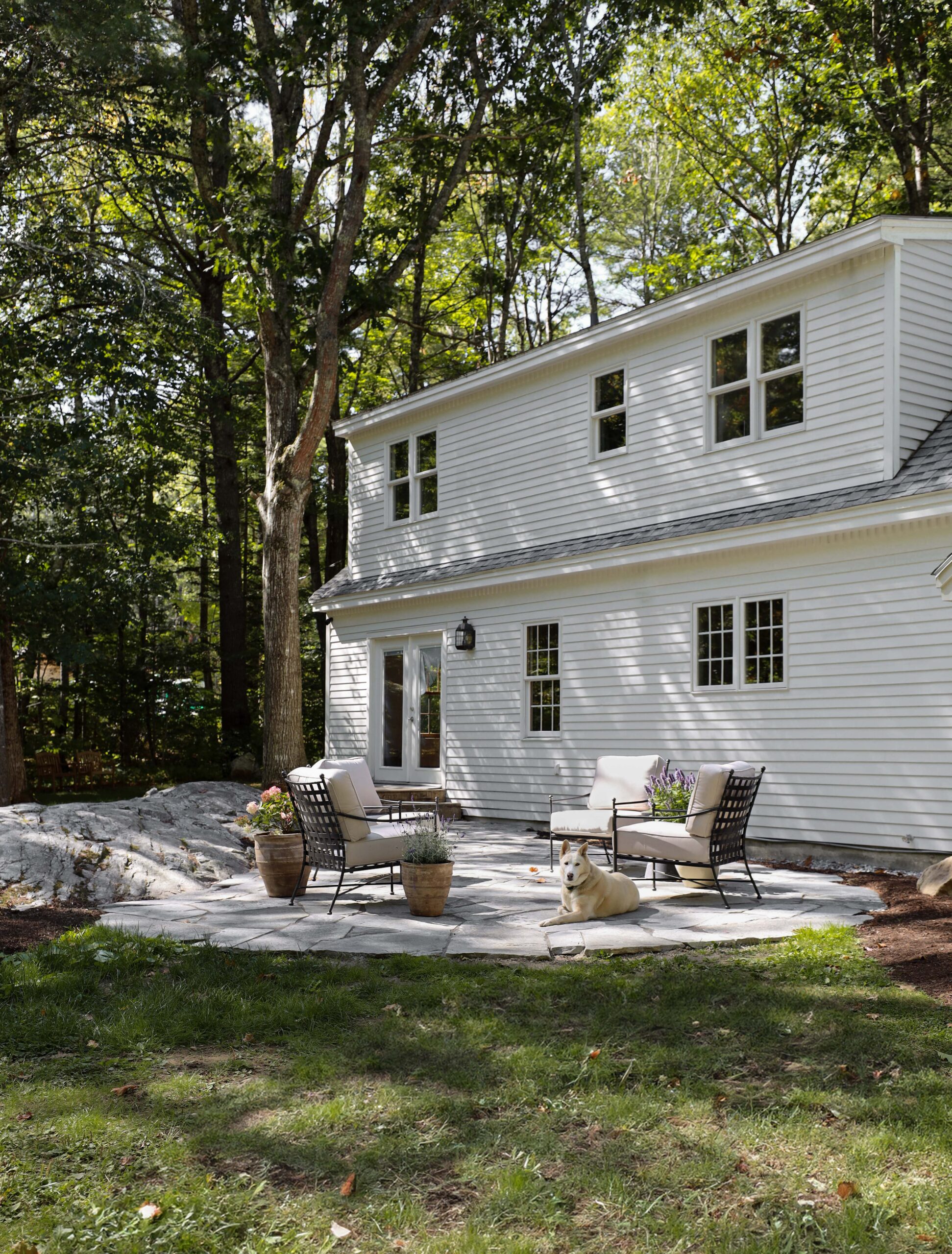The Truth About Color Matching Paint Colors And Why It Doesn’t Work
·

The phenomenon of color matching luxury paint brands such as Farrow & Ball in more affordable or accessible paints (Lowe’s, Sherwin Williams, etc) is wonderful in theory, but it doesn’t really work. Matches don’t match, and samples can’t scale. After countless conversations with paint professionals, it’s clear that there is some misinformation about color-matching that needs to be addressed. Today we’ll discuss why color matching paint colors doesn’t work, and what you should do instead.

This post contains affiliate links.
So you found the perfect green Farrow & Ball color that’s going to grace your kitchen cabinetry, but you don’t love the price for a gallon of F&B paint. Naturally, you take that green paint color you love to your local paint store to get it color matched. And that’s when things start to derail.
Color Matching Is Close, But Never Exact
Color matching technology creates a “close-as-it-can-get” match, and while it may be close, it’s never an exact match. Farrow & Ball colors are particularly difficult to color match – especially their whites and creams.
Most paint stores have a machine that scans the original color to formulate a “match” using their own paint and formulas. Some stores will even test the new color in-store directly on the original color to show you how exact it is. Be wary of this, their tiny sample is not a great representation of the actual color. You’ll need to test a large section in your home to truly see the undertones and how the light affects the color.
If a paint store, such as Sherwin Williams or Lowe’s, says they have Farrow & Ball colors in their computer, it means that they have formulated their own color using their own paint to create a close match. Essentially, they color matched a F&B color and saved their own formula to their computer so that if multiple people come in store asking for a color match of that F&B color, they can just use the saved formula in their computer rather than doing a new color match each time. So keep in mind, unless the paint store is a Farrow & Ball stockist and carries actual Farrow & Ball paint, the color isn’t actually a Farrow & Ball color, it’s a color match.
In my personal experience (and I have color-matched a lot), the color is never exactly the same. But that’s not even the biggest problem with color matching paint…
Is The Color Match More Accurate If You Show Them The Color Code Of The Original Color?
In theory, that should work because you have the recipe for the color. But unfortunately, it doesn’t work that way. Each paint store/brand has their own line of paint using their own unique formulas to create their own line of colors. Think of formulas as a language. The formula (i.e. the color code) Benjamin Moore uses is a completely different language than what Sherwin Williams uses and sadly, they can translate it. One paint store’s formula is gibberish to the other.

Vanity: Muted Mahogany from HGTV Home by Sherwin Williams
Color-Matched Samples Can’t Scale
When color matching a color, paint stores will scan the original color and formulate a “match” into whatever size of paint you order. If you order a sample, the new paint is specifically formulated for a sample size. If you order a quart, it’s formulated for a quart. So if you ever want to get a different size, the formula has to be scaled. And in that process, the color almost always adjusts.
Sherwin Williams told me they usually have to color match the color match if you want a different size. And as I said above, color matching may be close, but it’s never the exact same. So all that to say, ordering samples of color-matched paint colors is essentially useless because it will look different when you order a gallon.
If you want to get a color-matched sample, order it in whatever size you’ll need for your project. If you decide to use that color but run out of paint later on, order more in the same size you did last time. Keep in mind that most paint stores don’t allow returns for paint, so it’s an expensive sample if you choose not to go with that color. Lowe’s is the exception and will accept returned paint in any size.

How To Get The Most Accurate Color
Quite frankly, the only way to get an exact match is by purchasing paint from the original brand. Order Farrow & Ball colors from Farrow & Ball. Order Benjamin Moore colors from Benjamin Moore. It’s the only way to ensure that the color you see is the color you’ll get.
That being said, don’t shy away from seeing the color-match for what it is. Sure, it doesn’t match the original color like you had hoped, but do you like *this* color? If you have a gallon of it and you like the color, by all means, go forth and prosper!
DESIGNER TIP:
If you love Farrow & Ball colors but want to minimize the number of samples you need to order, I recommend buying their Large Colour Book. It has 132 colors painted on 7″ x 9″ sheets with 100% color accuracy. The large sheets will help narrow down your selections and thus save you money in the long run!
Leave a Reply Cancel reply
DO YOU WANT
The Inside Scoop
Where behind the scenes, exclusive advice, and candid conversations are sent straight to your inbox every week.


Always love the topics you cover, and this is such a helpful one. My follow-up question is: What about using color codes across paint brands? Like when you order Benjamin Moore White Dove from Sherwin Williams, they use color code OC-17. Is this any more or less accurate than the computer matches?
Hi Janette, this is such a good question! Unfortunately color codes don’t translate from one paint brand to another and therefore can’t be used to create a better match. The OC-17 you mentioned is actually a reference number used by Benjamin Moore to identify their colors. The letters indicate the collection the color is available in. (OC = Off-White Collection, HC = Historical Color Collection, CC = Designer Classics Collection, CSP = Color Stories Collection, AF = Affinity) The numbers identify the specific color. Some colors are available in multiple collections and therefore have multiple reference numbers. For example, White Dove is known as OC-17 and PM-19. Sorry it’s not what you were hoping to hear, but I hope that clears things up!